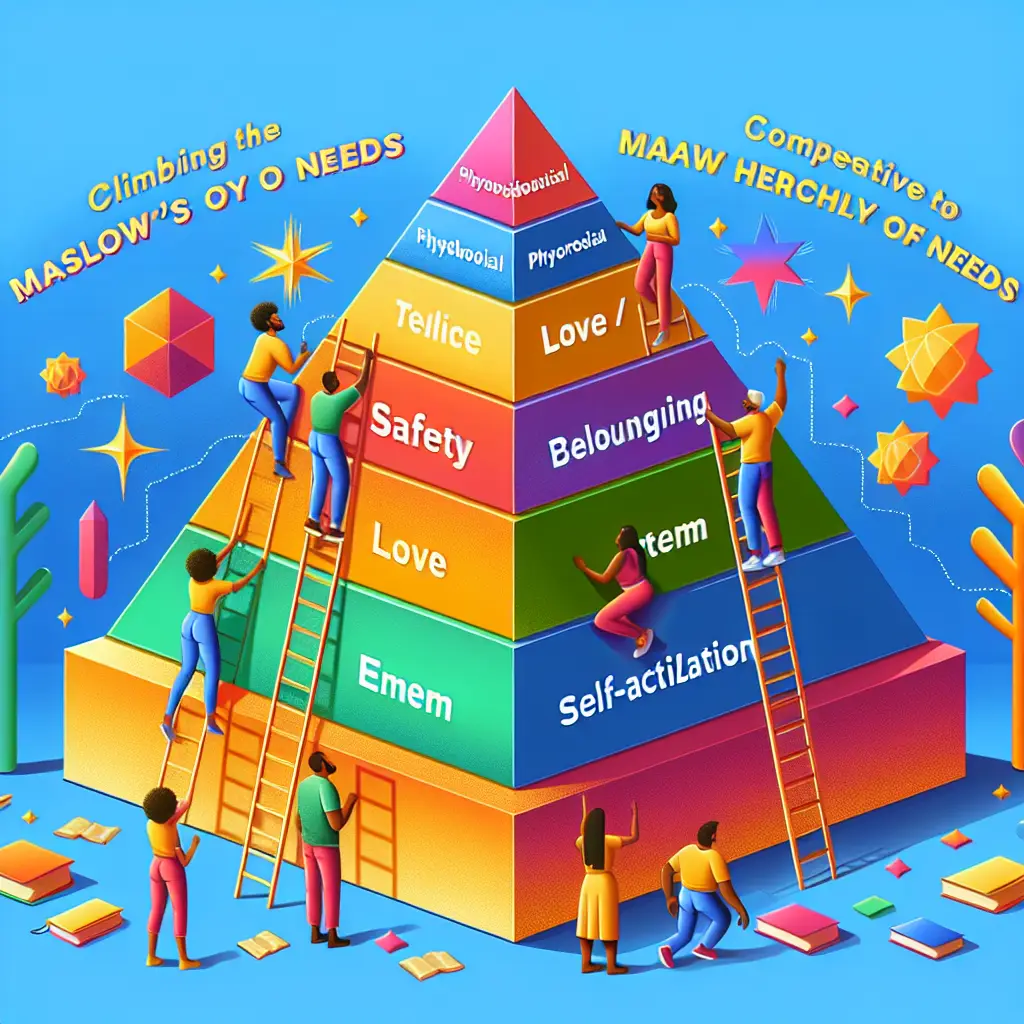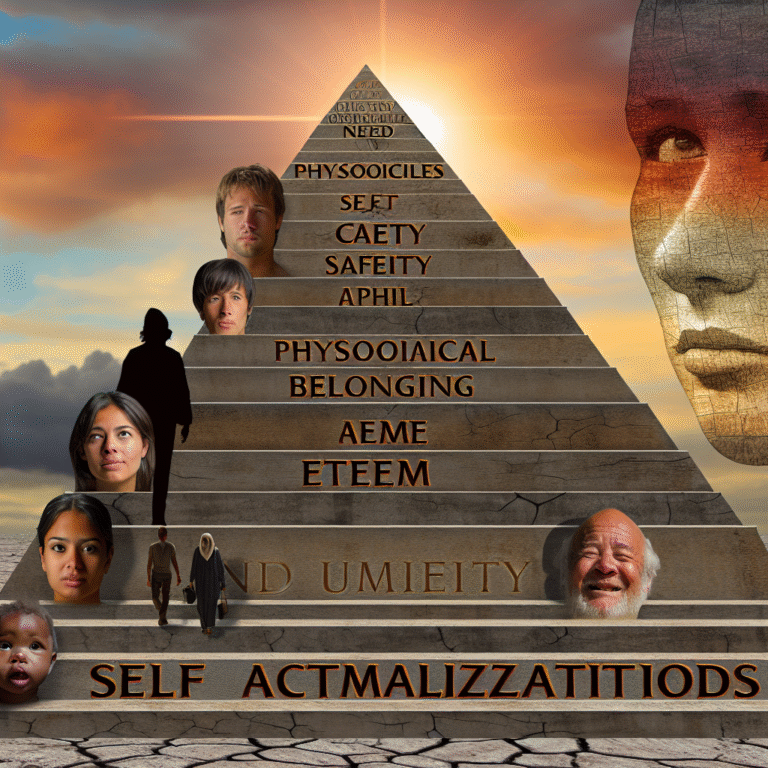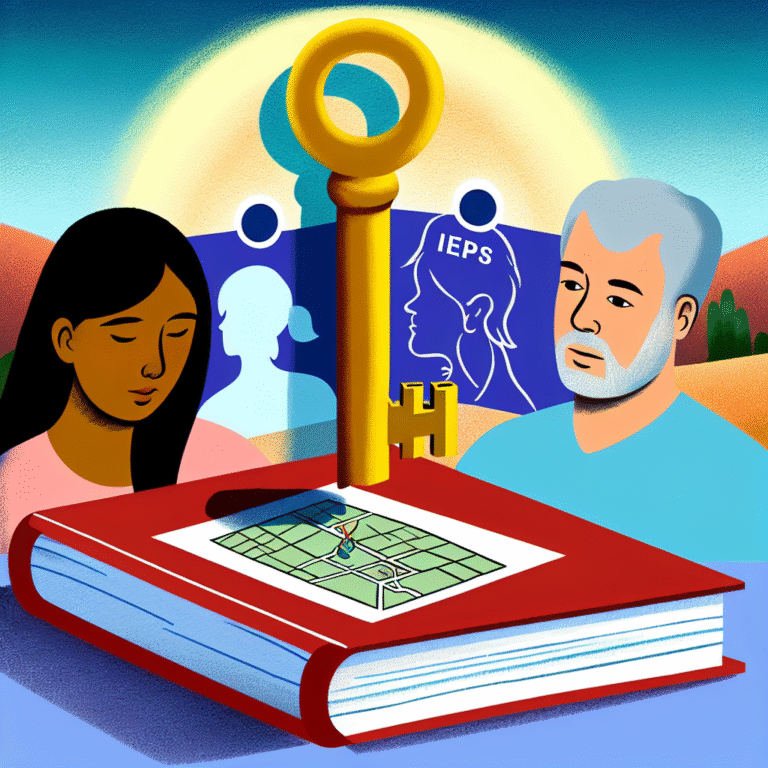
Climbing the Pyramid: An Essential Guide to Maslow’s Hierarchy of Needs
Introduction
Have you ever wondered what truly drives human motivation? Why do some individuals thrive while others struggle, even in similar environments? The answer can often be traced back to a psychological framework developed by Abraham Maslow in the mid-20th century: Maslow’s Hierarchy of Needs. Many of us navigate life with varying degrees of urgency directed toward our basic requirements, going through a ladder of needs, each level supporting the next. In this article, “Climbing the Pyramid: A Comprehensive Guide to Maslow’s Hierarchy of Needs,” we will delve deep into this transformative theory, revealing how understanding the pyramid can enhance your personal growth, career prospects, and interpersonal relationships.
Understanding Maslow’s Hierarchy of Needs
What is Maslow’s Hierarchy of Needs?
William Abraham Maslow, an American psychologist, introduced his theory in the 1940s, positing that human needs could be arranged in a five-tier hierarchical model. This structure suggests that to move toward personal fulfillment, individuals must first satisfy lower-level needs before advancing to higher-level aspirations.
The Five Levels of Needs
Here’s a breakdown of the five levels in Maslow’s Hierarchy of Needs:
Physiological Needs: These are the most basic human requirements for survival, such as food, water, warmth, and rest. Until these needs are met, all other levels of needs cannot be addressed.
Safety Needs: Once physiological needs are secure, individuals seek safety and security. This encompasses personal security, employment, resources, health, and property.
Love and Belonging: This third layer focuses on social relationships and emotional connections. Fulfillment comes from friendships, family, and intimacy, as well as a sense of belonging to a group.
Esteem Needs: The fourth tier addresses self-esteem and recognition. It encompasses feelings of accomplishment, respect from peers, and self-worth, driving individuals to seek success.
- Self-Actualization: At the top of the pyramid, self-actualization involves realizing personal potential and seeking self-fulfillment. It represents the desire to become everything that one is capable of becoming.
Visual Representation: The Hierarchy of Needs
Here’s how these needs can be visually represented in a pyramid format:
| Level | Description |
|---|---|
| Self-Actualization | Realizing personal potential and seeking growth |
| Esteem Needs | Gaining respect, recognition, and building self-esteem |
| Love and Belonging | Establishing relationships and a sense of belonging |
| Safety Needs | Ensuring security and protection |
| Physiological Needs | Basic survival resources (food, water, shelter) |
By climbing the pyramid and fulfilling these needs progressively, we can achieve a more balanced and satisfying life.
Climbing the Pyramid in Real Life: Case Studies
Case Study 1: A Student’s Journey
Consider the journey of Emily, a college student. At the start of her college experience, her primary concern was satisfying her physiological needs. Share meals with friends in the dining hall and ensuring adequate sleep became priorities for her. However, as she got settled, her needs shifted toward safety. Securing a stable environment and worrying about her finances became paramount.
Once these basic needs were met, Emily could focus on building friendships, leading to fulfilling her love and belonging requirements. This network later provided her the confidence needed to pursue leadership roles, thus addressing her esteem needs. Eventually, Emily strived for her self-actualization by joining clubs that aligned with her passions, confirming that climbing the pyramid is essential for personal and academic success.
Case Study 2: Workplace Dynamics
In a corporate environment, understanding Maslow’s theory can profoundly affect team dynamics. Consider TechCorp, a tech startup. The management initially focused solely on physiological and safety needs by providing competitive salaries and a safe workspace. However, they later recognized the importance of fostering a sense of belonging and esteem. By creating team-building events and acknowledging employee achievements, they motivated their staff to perform better and take ownership of their roles. Consequently, employees started climbing the pyramid toward self-actualization, leading to higher productivity and job satisfaction.
Insights from Case Studies
Both examples illustrate that Climbing the Pyramid: A Comprehensive Guide to Maslow’s Hierarchy of Needs is not just a concept limited to psychology but has profound real-world applications. Assessing your needs can lead to practical steps toward fulfillment, whether that be in education or the workplace.
The Importance of Meeting Needs at Each Level
The Foundation of Well-Being
Maslow’s theory underscores the significance of basic needs in promoting overall well-being. Unless lower-tier needs are satisfied, higher-tier aspirations will be impeded. Numerous studies have shown that employees performing under stress due to unmet basic needs are less motivated and engaged. By addressing these foundational needs, individuals can enhance their ability to reach self-actualization.
The Ripple Effect in Relationships
In interpersonal relationships, Climbing the Pyramid: A Comprehensive Guide to Maslow’s Hierarchy of Needs serves as a compass, guiding individuals toward healthier dynamics. For instance, fulfilling love and belonging needs can improve one’s emotional state, allowing for more profound and fulfilling connections.
Key Takeaways: Climbing the Pyramid and Personal Growth
Actionable Steps for Progression
Assess Your Needs: Start by evaluating your current position on the pyramid. Are you adequately meeting your physiological and safety needs before focusing on relationships or esteem?
Create a Balanced Life: Strive to nurture all levels of needs. Engage in activities that promote both physical and emotional well-being.
- Pursue Continuous Growth: Challenge yourself to embrace opportunities that lead to self-actualization, whether that’s learning a new skill, fostering creativity, or exploring spirituality.
Motivational Takeaway
Remember, Climbing the Pyramid: A Comprehensive Guide to Maslow’s Hierarchy of Needs highlights that growth is not a destination but a continuous journey. Each step taken toward fulfilling your needs brings you closer to a more fulfilling and purpose-driven life.
FAQs Section
1. What is Maslow’s Hierarchy of Needs used for?
Maslow’s Hierarchy of Needs is used as a framework to understand human motivation and personal development. It helps identify areas of focus for individuals seeking personal or professional growth.
2. Can the hierarchy be applied in different cultures?
Absolutely! While the core concepts of the pyramid are universally applicable, the emphasis on each level may vary across cultures based on societal norms and values.
3. How can a manager use Maslow’s theory in the workplace?
Managers can apply Maslow’s theory by recognizing employees’ needs, fostering a supportive environment, and creating processes that address each level—leading to increased motivation and job satisfaction.
4. What happens if needs at one level are not met?
If the needs at a level are not satisfied, individuals will struggle to progress to the next levels. This can lead to stress and dissatisfaction, affecting overall well-being.
5. Can self-actualization be achieved without meeting lower needs?
While self-actualization is theoretically possible without fulfilling lower needs, it is significantly more challenging. Individuals may find themselves unfulfilled or often distracted, hampering their ability to realize their potential.
Conclusion
In conclusion, Climbing the Pyramid: A Comprehensive Guide to Maslow’s Hierarchy of Needs is not just an academic theory; it’s a powerful tool for understanding human behavior and personal growth. By recognizing and addressing our needs at every level, we can create a more fulfilling, balanced, and enriched life. As you embark on your journey up the pyramid, remember that every step is not just a milestone but a profound opportunity for growth and transformation. Embrace the climb, and let the journey inspire continuous self-discovery and personal achievement.












